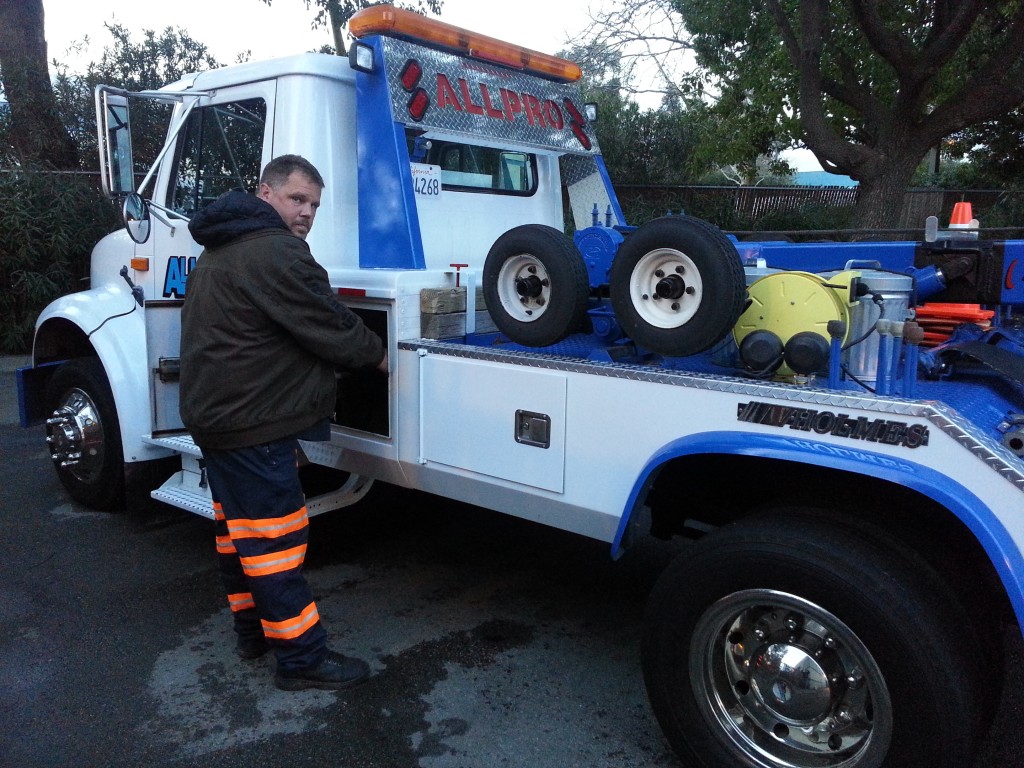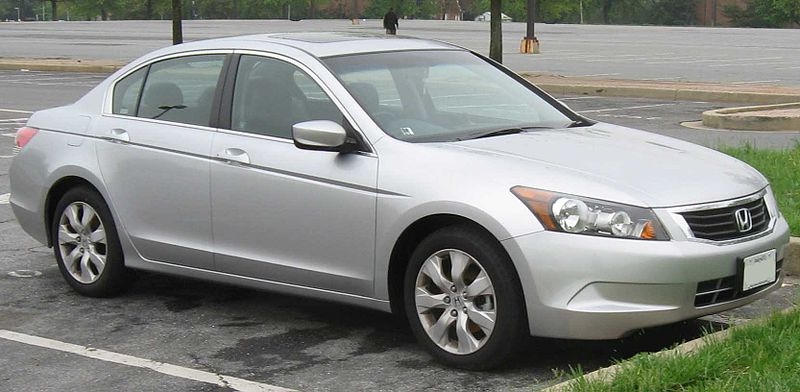Are you an “above average driver”? Most people say YES! How about your proficiency with a simple car maintenance task like checking your tire pressure? It should be a quick, simple procedure for optimizing your vehicle’s overall safety…increasing fuel economy and helping your tires last longer. This recent national survey discovered that only about 17 percent of U.S. drivers have the “tire smarts” for checking tire pressure effectively.
Here are 5 handy tips for jacking up your tire IQ:
- Safety Risk – Under-inflated tires pose a safety risk, waste fuel and cause premature tire wear. 11 cents a gallon…at today’s gas prices is what the U.S. Department of Energy states that properly inflated tires can save consumers.
- Pressure – Regular monthly tire pressure checks is key. Just use your own tire gauge…then inflate to your vehicle’s manufacturer recommended pressure.
- Alignment – Misalignment of wheels can cause uneven and rapid tread wear.
- Rotation – Rotate tires every 5,000 to 8,000 miles to help you achieve more uniform wear.
- Tread – Advanced & unusual wear can reduce the ability of tread to grip the road in adverse conditions.
National Tire Safety Week (June 1-7 for 2014) and the tire industry’s “Be Tire Smart – Play Your Part” program is a Rubber Manufacturers Association and tire manufacturer members consumer education effort…aimed at helping drivers understand the simple steps they can take to ensure that their tires are in good working condition. Download their free handy brochure for more safety tips.

 Since the 2008 recession, commuters and car owners in general have been hanging onto their vehicles a bit longer than normal…waiting for circumstances to improve before even considering upgrading their old beater car for a new or newer one. The new reality is that since vehicles are generally are more reliable than ever has merely increased the challenge of finding used cars with low-mileage…since many owners just drive them till they drop.
Since the 2008 recession, commuters and car owners in general have been hanging onto their vehicles a bit longer than normal…waiting for circumstances to improve before even considering upgrading their old beater car for a new or newer one. The new reality is that since vehicles are generally are more reliable than ever has merely increased the challenge of finding used cars with low-mileage…since many owners just drive them till they drop.

